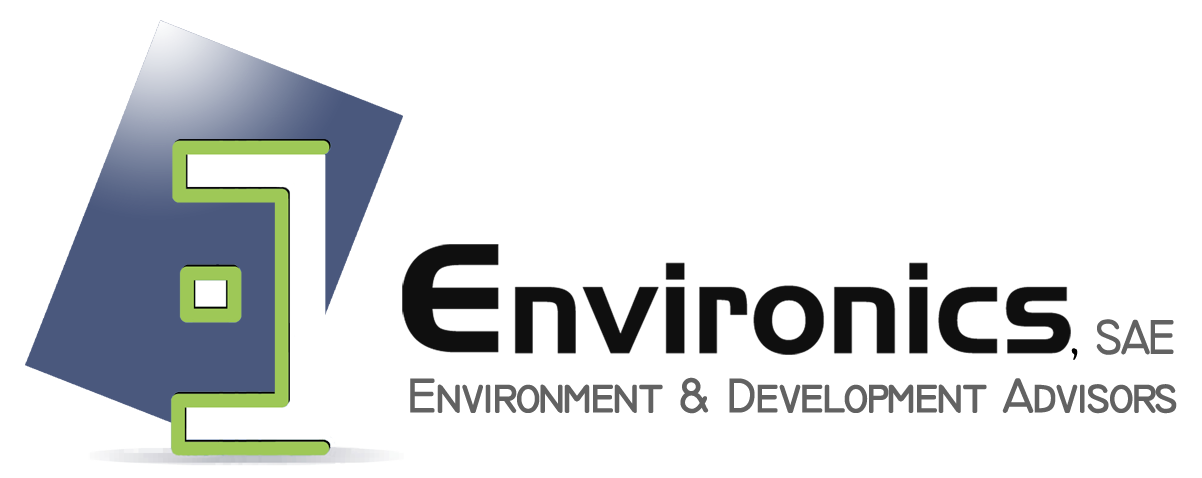- Daltex was planning to undertake land reclamation of an area of 20,000 feddans in the Western Desert, near the village of Abu Minkar, Markaz El Farafra, New Valley Governorate, for developing the Mariam Farm, mainly for potato production.
- The company was considering obtaining a loan from IFC in order to finance the project and commissioned Environics to conduct a full-fledged ESIA Category “C” for the entire project to ensure that IFC Performance Standards (PSs) are met. Also, as per the International Funding Institutions (IFIs), the ESIA was to comply with the national legislation. Therefore, it aimed at satisfying the Egyptian environmental legal requirements, mainly Law 4/1994 on the environment, amended by Law 9 /2009 and its modified Executive Regulations (ERs), as well as international conventions to which Egypt is party. Where the PS and legislation apply to the same issue, the more stringent of the requirements is applied.
- Environics scope of work encompassed the following:
- Preparing project description based on the data provided and information included in the previous EIAs (Daltex has previously submitted two Form-B EIAs for the project that did not meet IFC PSs requirements);
- Preparing a Regulatory Framework describing the relevant national laws and regulations to which the project should abide, as well as international conventions and standards;
- Collecting detailed physical, biological and socio-economic baseline data covering the project site and project’s wider area through intensive literature review, analysis of satellite images and previous studies and reports on the area;
- Due to COVID-19 (Coronavirus) outbreak, the planned site visit, additional individual scoping meetings and the Public Disclosure meeting could not be carried out. This has been complemented to some extent by field information and photos provided by Daltex onsite personnel, as well as previous stakeholders’ meetings carried out by the company. Moreover, alternative disclosure and engagement activities have been proposed in the ESIA;
- Preparing a Stakeholder Engagement Plan to be implemented by the company;
- Preparing a grievance mechanism;
- Analyzing the different project alternatives during the conceptual and pre-feasibility design phases, including the “no project” scenario, and explaining why the different options were selected or eliminated;
- Carrying out a detailed assessment of the potential environmental & social impacts during the construction and operation phases, using impact identification matrix (modified Leopold Matrix), including impacts of greenhouse gases (GHGs), groundwater abstraction, and Critical Habitat (CH);
- Identifying the relevant mitigations measures;
- Preparing an Environmental & Social Management Plan Framework, including required monitoring measures; and
- Preparing an ESIA report (in English) for the project to be submitted to IFC.
- In addition, Environics prepared a Gap Analysis Report addressing the project’s compliance with the main requirements of the IFC Performance Standards after implementation of the mitigation, management and monitoring measures proposed in the ESIA.
